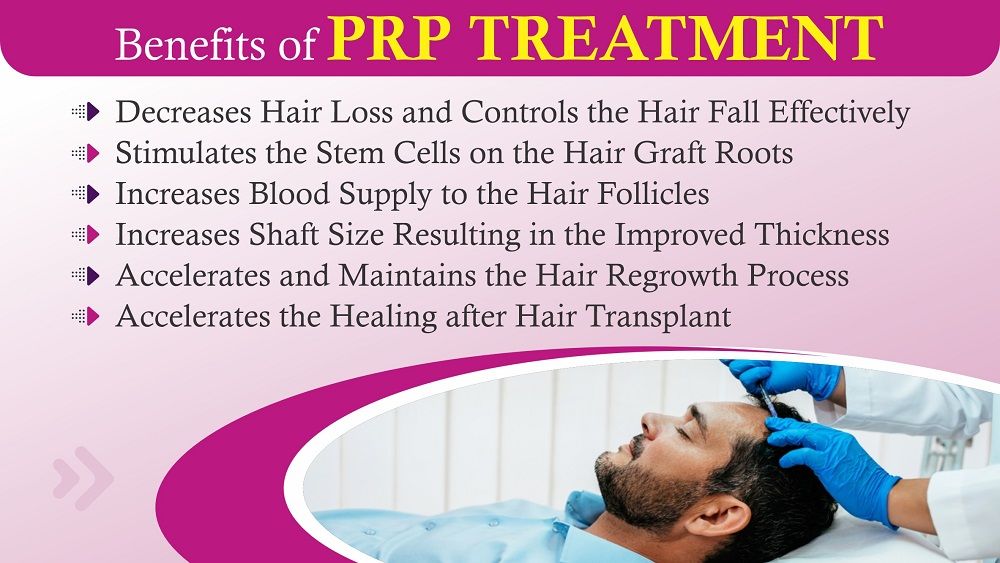Hair loss can be a distressing experience for both men and women. Over the years, various treatments have been developed to address this issue, but few have shown as much promise as Platelet-Rich Plasma (PRP) therapy. This innovative approach harnesses the body’s natural healing abilities to promote hair growth and combat hair loss.

What is PRP Therapy?
Platelet-Rich Plasma (PRP) therapy is a medical PRPで女性の薄毛治療をする treatment that involves drawing a small amount of the patient’s blood, processing it to concentrate the platelets, and then injecting this plasma into the scalp. Platelets are rich in growth factors that stimulate the hair follicles, encouraging them to enter the growth phase and produce thicker, stronger hair.
How Does PRP Work for Hair Loss?
The growth factors in PRP play a crucial role in tissue repair and regeneration. When injected into the scalp, these growth factors help to:
- Stimulate Hair Follicles: PRP injections activate dormant hair follicles, promoting hair growth.
- Increase Blood Supply: Improved blood circulation to the scalp nourishes the hair follicles, leading to healthier hair growth.
- Reduce Inflammation: PRP reduces inflammation around the hair follicles, which can help in conditions like alopecia areata.
The PRP Treatment Process
- Blood Draw: A small amount of blood is drawn from the patient’s arm.
- Centrifugation: The blood is placed in a centrifuge, a machine that spins it rapidly to separate the plasma from the red blood cells.
- PRP Extraction: The concentrated PRP is extracted from the centrifuged blood.
- Scalp Injections: The PRP is injected into the areas of the scalp where hair thinning or loss is most prominent.
Benefits of PRP Hair Loss Treatment
- Minimally Invasive: PRP therapy is a non-surgical procedure, making it a less invasive option compared to hair transplant surgery.
- Natural Solution: Since PRP uses the patient’s blood, the risk of allergic reactions or adverse effects is minimal.
- Improved Hair Density: Patients often report an increase in hair density, thickness, and overall hair health.
- Quick Recovery: The treatment involves minimal downtime, allowing patients to resume their normal activities shortly after the procedure.
Who is a Good Candidate for PRP?
PRP therapy is suitable for individuals experiencing early stages of hair loss or thinning. It is particularly effective for those with androgenic alopecia (male or female pattern baldness) and can be used in conjunction with other hair loss treatments for enhanced results.
Results and Expectations
While PRP therapy shows promising results, it’s important to note that multiple sessions may be required to achieve optimal outcomes. Most patients start noticing improvements in hair texture and growth within 3 to 6 months. Maintenance treatments are recommended every 4 to 6 months to sustain the results.
Conclusion
PRP hair loss treatment is a revolutionary approach that offers a natural and effective solution for those struggling with hair loss. With its ability to stimulate hair growth and improve hair density, PRP therapy is quickly becoming a popular choice for individuals seeking to restore their hair and confidence. If you’re considering PRP for hair loss, consult with a qualified medical professional to determine if this treatment is right for you.
